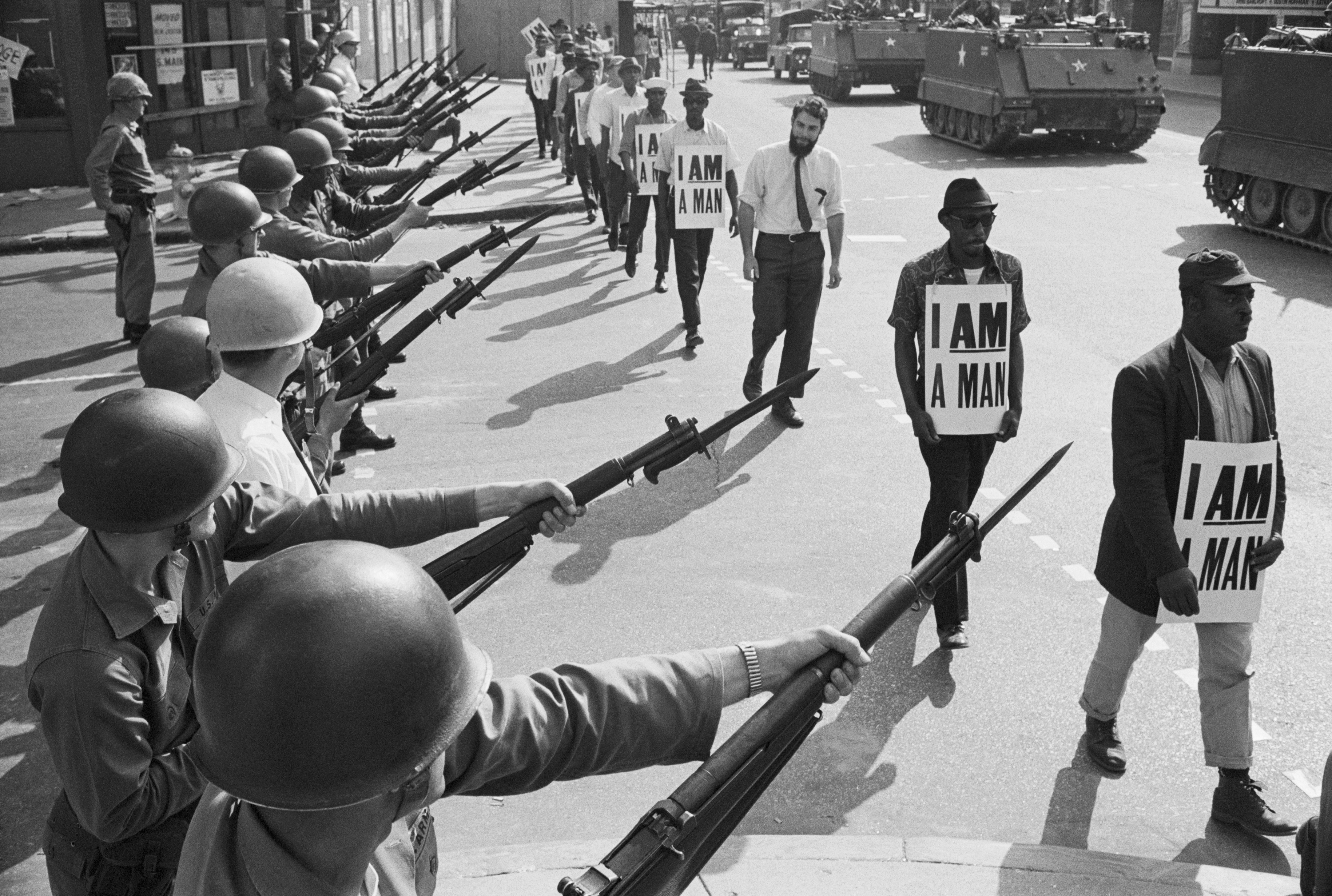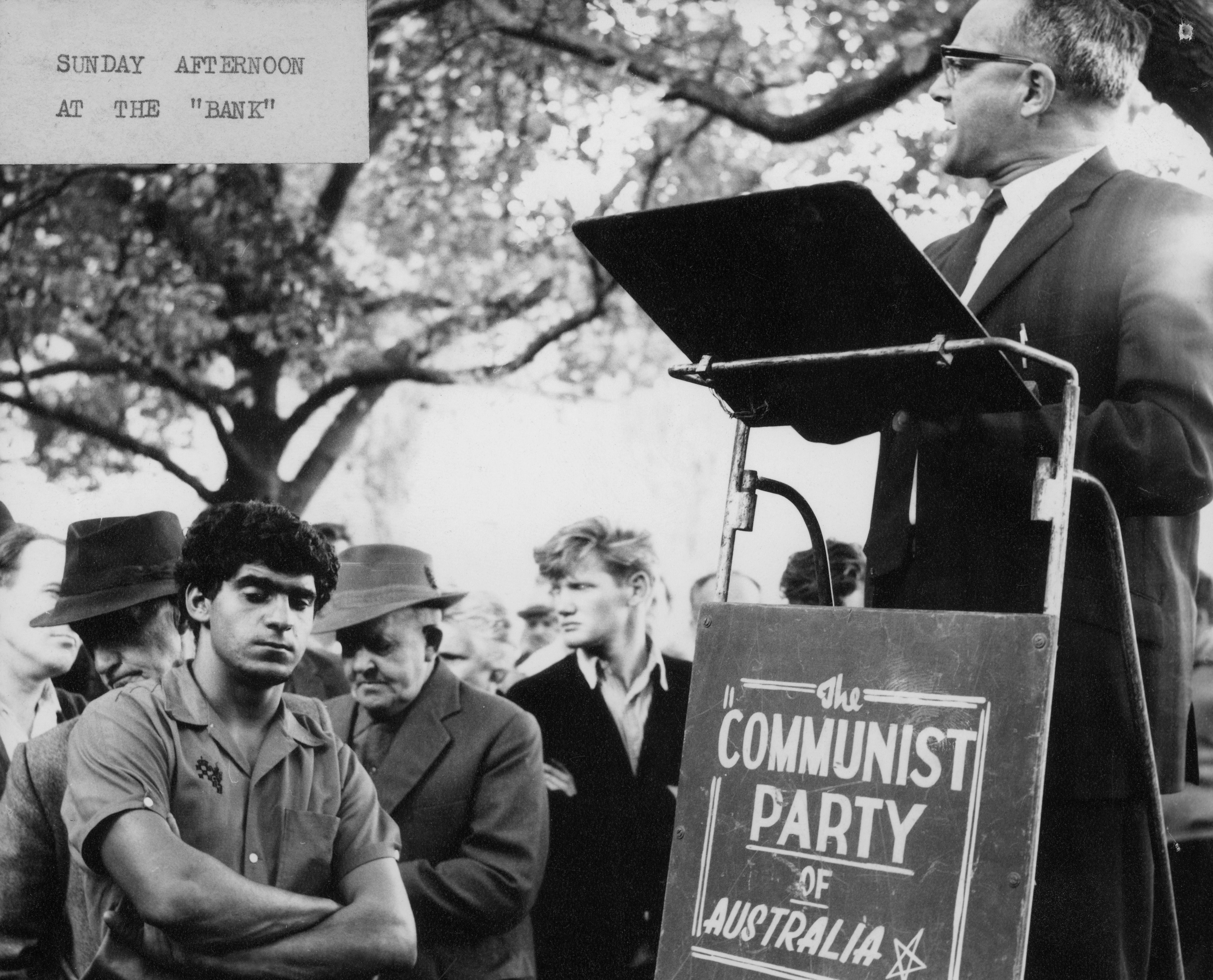
Arts & Culture
Criss-cross history hidden in a letter

A new archive of personal papers provides a unique insight into the Soviet crack down on the ‘Prague Spring’ in 1968 created a dilemma for Australian communists just as wider protest movements were energising the left
Published 19 August 2018
The year 1968 saw an upsurge of unrest all round the world. It began, after the Tet Offensive, with demonstrations against the Vietnam War in London, Berlin, Tokyo, Rio de Janeiro, New York and Washington.
Student protests in France led to the closure of universities in May and a wave of strikes that spooked President Charles de Gaulle into temporarily fleeing the country.
The year before, Cuban revolutionary leader Che Guevara, who would be killed leading a guerrilla movement in Bolivia, had called for ‘two, three, many Vietnams’ around the world.

By 1968 these wars of national liberation in developing countries were being accompanied by disorder across the developed ones.
After Martin Luther King was shot in Memphis in April, violence erupted in a hundred US cities. The National Guard opened fire on demonstrators at Kent State University, Ohio in the following month, killing four of them.
Then, in August, a Soviet airborne division secured the Prague airport as 2,000 tanks and 250,000 soldiers of the Warsaw Pact countries crushed Alexander Dubcek’s reform government of Czechoslovakia.

The protest movement continued in the West with the ‘Black Power’ Olympics in Mexico and the police violence at the Democratic Convention in Chicago.
Here in Melbourne there was a march on the US consulate on the fourth of July. There were marches, sit-ins and occupations of administration buildings on Australian universities.
The literary critic Peter Pierce has suggested that the thump of helicopter blades over Vietnam were echoed by the Gestetner printing machines that student radicals used to run off flyers and news-sheets promoting their demonstrations.

Arts & Culture
Criss-cross history hidden in a letter
Those demonstrations swelled into the 1970 Moratorium protests as public opinion turned against Australia’s involvement in the Vietnam War. And the radical ferment was not simply restricted to opposition to conscription.
It took in campaigns for free speech and new ways of conducting politics that extended to environmentalism, feminism and sexual liberation.
But the liberalisation movements in Czechoslovakia and other Eastern European communist countries were crushed and these countries would remain under Soviet control for another two decades.
The events of 1968 had a galvanising effect on the Communist Party of Australia (CPA). For so long a faithful apologist for the Soviet Union, it now condemned the Kremlin’s repression.
Facing declining membership and influence throughout the Cold War, 1968 presented an opportunity for the party to reach out to the new social movements.
One of the Australian communists at the centre of this transformation was Bernie Taft, whose efforts to prevent the Party from ultimately splitting over Soviet oppression was emblematic of the dilemma that gripped left-wing politics in 1968.

Born in Germany in 1918, Taft was a member of the communist youth organisation when he left with his family for Israel in 1933. Arriving in Australia on the eve of the Second World War, he joined the Communist Party and worked from 1945 as a full-time organiser.
By 1968 Taft was a member of the national executive and one of two chosen to represent the CPA at a meeting at Budapest in February to prepare for a meeting of the world communist parties in Moscow at the end of the year.
He was able to visit Czechoslovakia and see the promising signs of the Prague Spring, the relaxation of censorship, the acknowledgement of democratic rights and limits on the Communist Party’s monopoly on power.
Under the leadership of Laurie Aarons, the CPA had already abandoned the idea that a single, monolithic party must direct all activity. It had opened up free discussion, entered into dialogue with other political groups and was seeking to build bridges to the new social movements.
I met Taft at this time when I chaired a meeting of the Labour Club at the University of Melbourne, where he told us of his hopes for Czechoslovakia. Immediately after the invasion, he returned to Prague and further meetings with other communist parties.
The Australian party was not alone in criticising the Soviet action but its condemnation was unusually strong. Bernie was able to speak at length with Dubcek and to welcome him when he visited Australia.
But the consequences of the Soviet action proved fatal for the cause to which Bernie devoted his life.
He fell out with Aarons on how deal with the CPA’s Soviet apologists: Laurie wanted to expel them, whereas Bernie hoped that they could be won around. But in 1971 a group of pro-Soviet members split to form the Socialist Party of Australia.

Bernie was never comfortable with the Communist Party’s embrace of the confrontational style of student radicalism.
He had little sympathy with the counter-culture, preferring to exercise influence through more conventional forms of left politics.
For that matter, the crushing of the Prague Spring confirmed what most student radicals already felt – that communist leaders in Russia and East Europe were as grim and grey as the men in power here.
Despairing of the decline of the CPA, in 1984 Taft led his Victorian followers into a new group, the Socialist Forum.
Indeed, the CPA continued to dwindle and dissolved in 1991. The Marxist-Leninist hardliners of the Socialist Party of Australia adopted the CPA’s name in 1996, but it is no more than a historical re-enactment society.
Following Taft’s death in 2013, his papers were deposited in the University of Melbourne Archives, which already held the Victorian records of the Communist Party as well as those of trade unions and other collections that document the extraordinary range of communist activity.
The Archives have now sorted and listed Bernie’s papers, some one hundred boxes of them, making them accessible for the first time. They provide a particularly rich insight into the activities and hopes of this singular Australian communist.
Coinciding with the 50th anniversary of the Prague Spring, the University of Melbourne Archives (UMA) is opening its Bernie Taft collection of papers, providing a unique insight into this seminal period of upheaval on the left side of politics in Australia. The collection contains over 100 boxes of correspondence, personal notes, and other documents.
Banner Image: A civilian holding a gasoline can watches Soviet tanks roll down the street during the 1968 invasion by Warsaw Pact forces in Prague, Czechoslovakia. Picture: Hulton Archive/Getty Images